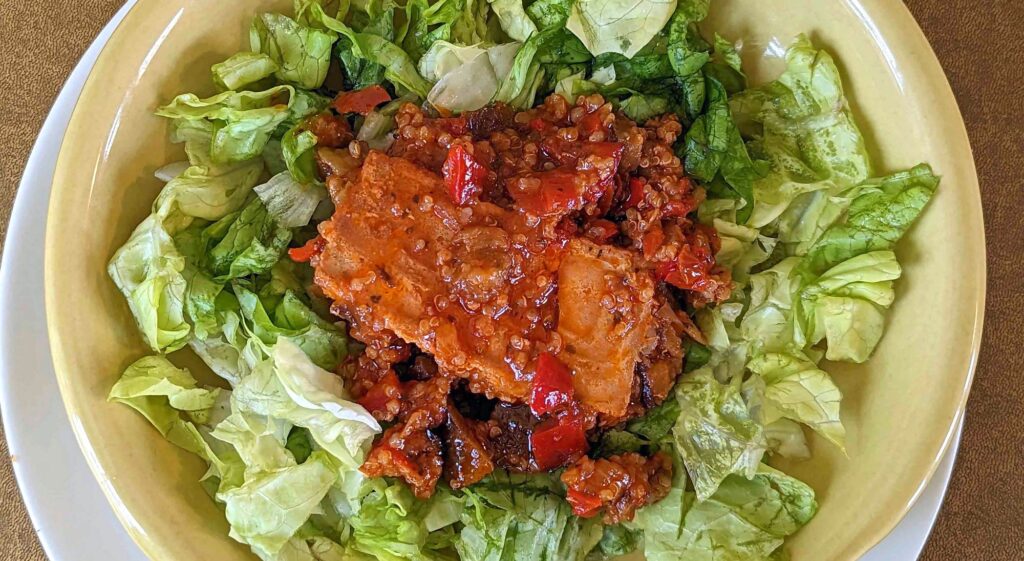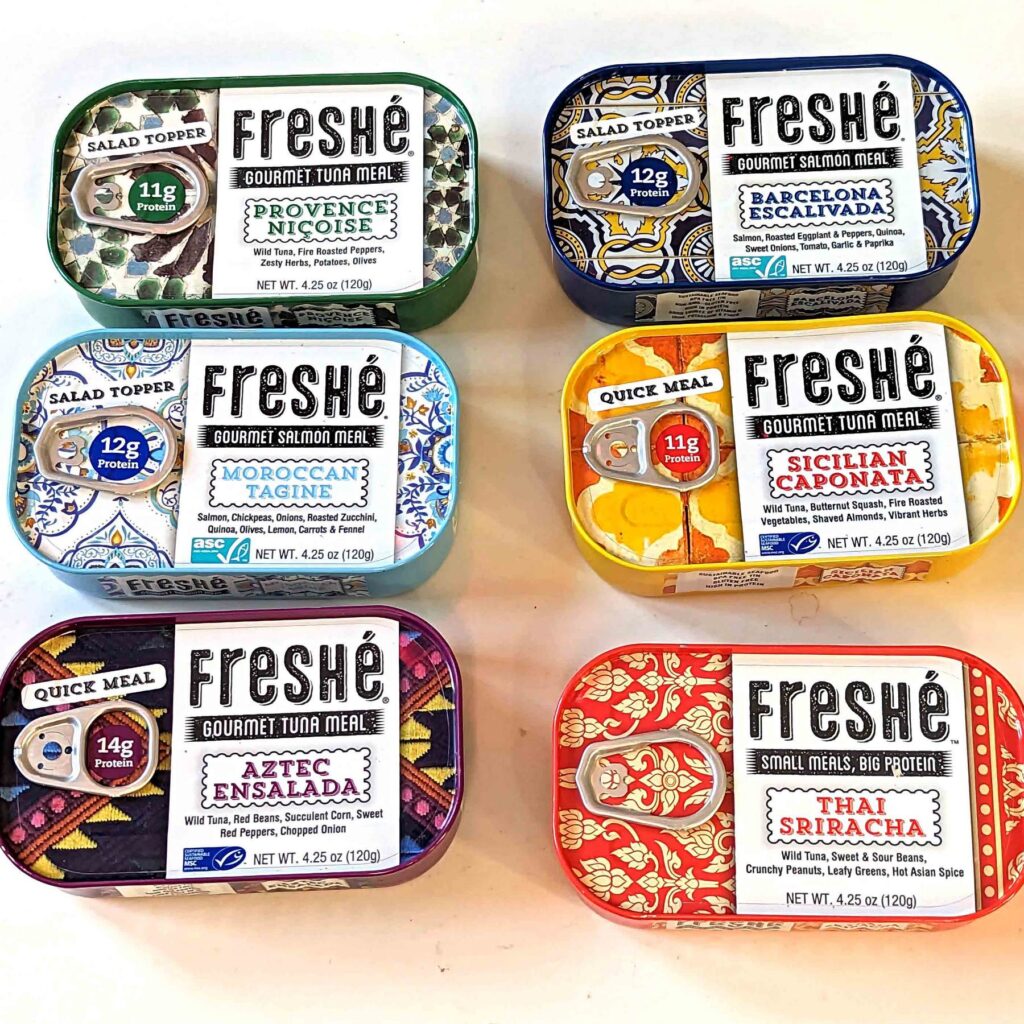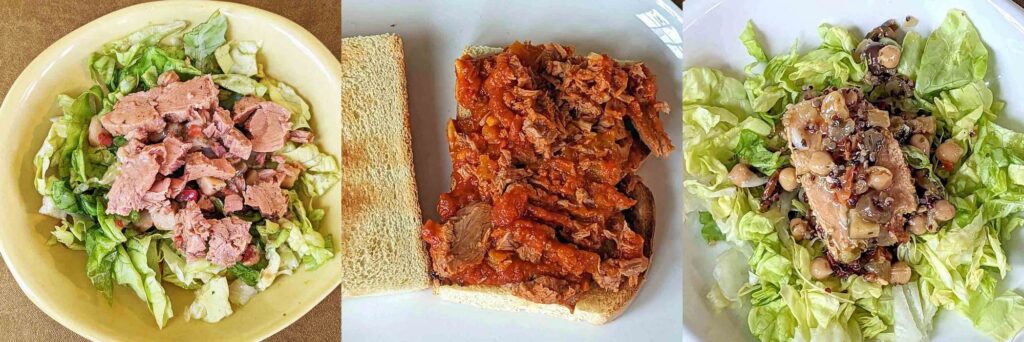
As diligent readers of HungryTravelers might know, I grew up on the Maine coast. But before I was old enough to crew on fishing boats, I also worked in the blueberry barrens during harvest season. We harvested low-bush blueberries (aka, ‶wild″ Maine blueberries) with multi-tined scoops that stripped the berries off the low shrubs but left the twigs and leaves behind. It was stoop work in the hot sun, as the harvest season usually stretched from mid-July to mid-August. Moreover, the fields tended to be remote. We were dropped off early in the morning and picked up late in the afternoon.
That made lunch tricky. None of us had coolers, and lunch meat sandwiches that have baked for hours in the sun were less than appetizing, let alone safe. My solution was always to bring along a couple of tins of sardines, usually packed in mustard, and a stack of saltine crackers.
Sardines were cheap and they were local. Even as a teen, I knew half the staff who worked in the local cannery. In those days, sardine canneries dotted the Maine coast. They were the first casualty of poor resource management. When European and Asian factory ships began netting the shoals of the Gulf of Maine, they destroyed the sardine fishery. It was my first lesson in the need to create a sustainable fishery. The ocean wasn’t infinite, after all.
Revelatory themed tins make terrific small meals

Henry and Lisa Lovejoy are among the seafood brokers who take that lesson to heart. They had already been shipping canned and frozen fish from sustainable fisheries (ecofish.com) when they took a trip to Spain and Portugal in search of sustainable sardines. That was when they discovered the quality of tinned fish from the Iberian peninsula. If you’ve ever wolfed down boquerones (anchovies) or meaty chunks of atun at a Spanish tapas bar, you might have a clue to the remarkable quality of Spanish and Portuguese tinned fish. Once Henry and Lisa observed a cannery in Porto, Portugal putting up tins of fish with beans inside, a lightbulb went off. With modern canning techniques, it was possible to create tins with entire small meals inside.
After tinkering with a number of recipes, the Lovejoys created Freshé (freshemealscom). The products have been on the market for a couple of years now, but finally percolated into our consciousness. All six of the current offerings are based on either skipjack tuna caught in the Canary Islands or farmed Atlantic salmon from Norway. Products in the development pipeline include some based on mackerel and on sardines.
Here’s Freshé’s story in the words of the Lovejoys:
Some observations about specific tins
Having tasted the current offerings, my favorite is probably Provence Nicoise. It consists of skipjack tuna, fire-roasted peppers, tiny cubes of potato, olives, and herbs in olive oil. It’s the left-hand image on the bottom strip. I also loved the Sicilian caponata (skipjack, tomato, butternut squash, red bell pepper, almonds, olive oil) which I spread toast (middle below). The bottom right image is the Moroccan tagine of salmon, chickpeas, onion, roasted zucchini, and carrots in a black olive and lemon sauce. It makes a fabulous light meal salad.
According to Henry Lovejoy, the most popular Freshé tin is Barcelona Escalivada. It’s a Spanish style sweet salad consisting of a nice rectangle of poached salmon surrounded by roasted eggplant and peppers, sweet onion, tomato, garlic and paprika. That’s it at the top of the post.
The Freshé tins are in a number of markets, including Whole Foods and some Walmarts, and can be ordered online from Amazon and Walmart.com. Depending on the outlet and the quantity, they range from $4 to $5.50 each. That’s a small price to pay for healthy, sustainable seafood that also tastes really good.

